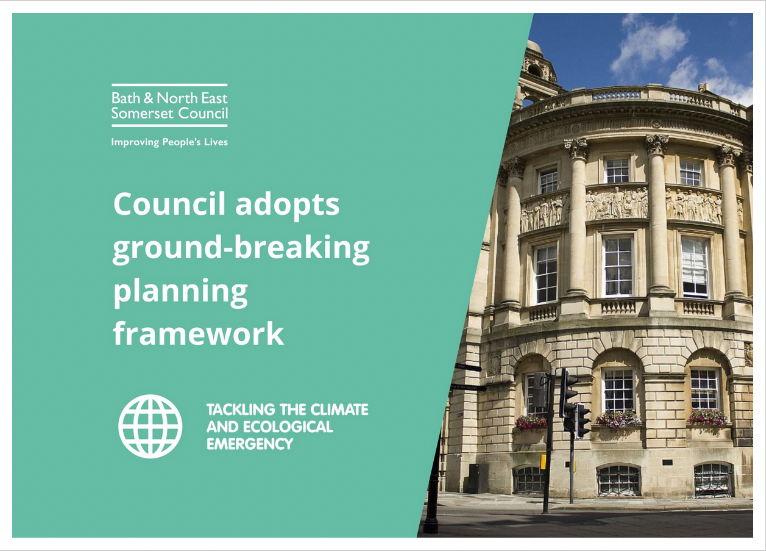Morning Report rang me this week for comment about overheating homes, in the face of record temperature spikes. You can listen to the short segment here, or there’s a print version also. For the physics geeks, here is how I worked out the numbers I provided about emissions. I used an average grid emissions factor of 0.12 kgCO2e per kWh …
New free tool for exploring climate files

I’ve discovered a climate file exploration tool that will be really useful for Passive House designers. Best, it’s open source, so free to use. This is particularly timely given the promised update to the climate files we currently use for Passive House design in Aotearoa. What we currently access contains 30 years of climate data—but NIWA compiled those files 20 …
Replacement cycles should inform climate change mitigation policy

It’s curious there is so much public discussion about electric vehicles and why and how we should ‘flip the fleet’ … and so little about buildings. Yes, we need to move people and goods in far less polluting, carbon-intensive ways. But decarbonising buildings is even more urgent and the graph below shows why, in a compelling and easy-to-grasp way. Replacement …
Choose the right heat pump

Source: Coming in from the cold: Heat pump efficiency at low temperatures, Duncan Gibb et al. 2023 This graph from a recent European academic paper shows air-source heat pump performance in mild cold climates in Canada, China, Germany, Switzerland, the United States and the UK. The red dashed line showing average COP is not the important takeaway from this graph. …
Passivhaus Playbook a great free resource

The latest book from APHA is the Passivhaus Playbook and it’s great. I love the focus on the team and a successful process. The publishers describe it as “a nine-step pathway that covers everything from funding to design coordination and supply chain to storytelling … [providing] a process for a technically feasible, buildable, cost-effective Passivhaus approach to new buildings in …
Deep retrofits of commercial buildings make good sense

The deep retrofit at 80 Willis Street, Wellington is featured in a just-released NZ Green Building Council publication, A practical guide to upfront carbon reductions. This is a project dear to my heart, as I worked on it years ago as the Green Star professional. This was the very first NZGBC project to submit carbon modelling using LCA Quick …
In the race to net zero, operational carbon remains crucial
Lloyd Alter is a Canadian adjunct professor and writer on sustainability topics. Like a growing number of commentators, Lloyd is brushing off the impact of operational carbon and arguing for the need to radically focus on lowering embodied carbon: building with low carbon building materials and methods that are low or zero carbon and retrofitting and renovating existing buildings rather …
Stepwise energy improvements waste time and money

Neil Savery had a 20 year career with the Australian Building Codes Board, nine years as its CEO. Let’s say that gives him some perspective, and industry experience worth listening to. In a story on Fifth Estate, he’s quoted as saying that Australia would have done better to ‘bake in’ the highest energy codes into its building standards from the …
We need accurate planning tools

The UK’s first net zero energy bills have been introduced by several English councils as part of their response to the climate emergency. That’s good. These requirements need to be measured so they can be enforced. SAP 10 (Standard Assessment Procedure) is what they use to show building code compliance in England and Wales, for new dwellings and major renovations. …
